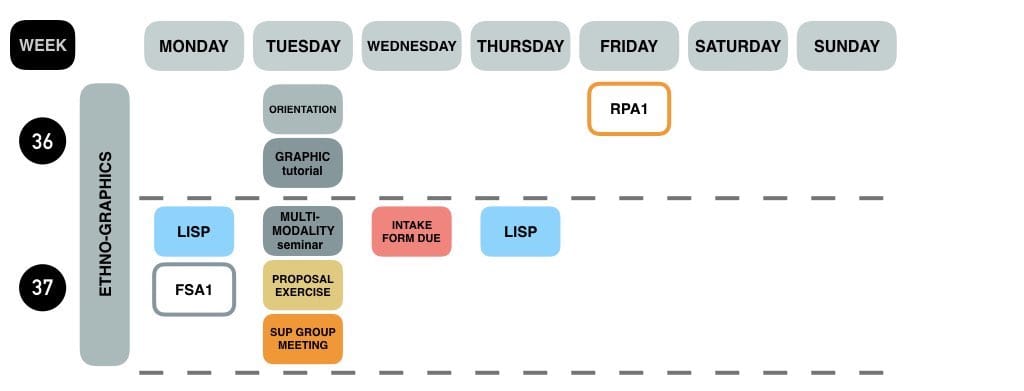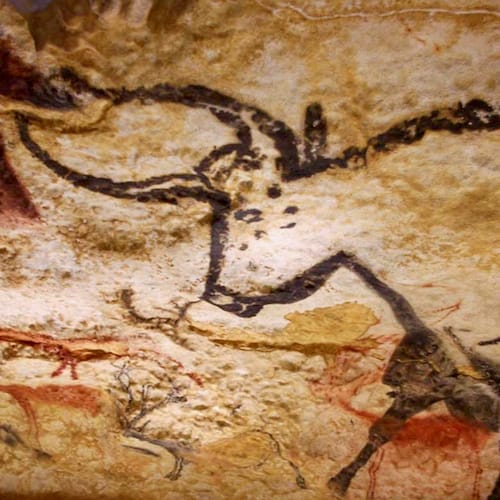Prepare your toolkit
Purchase a journal where you will perform your drawing, mapping, and notetaking tasks throughout the program. We recommend that your journal not have lined pages to make more suitable for drawing. Some journals have light dots to demarcate grid if desired, such as the Leuchtturm1917. Also, make sure you have writing utensils that will be conducive to sketching and hand writing, such as Stabilo point 88 or the Muji pens (with replaceable ink cartridges). You may want several colors and pencils.
Watch these video lectures
Tutorial
- Drawing Introduction (12m)
Mark Westmoreland - Mapping & Archival Research (12m)
Metje Postma


